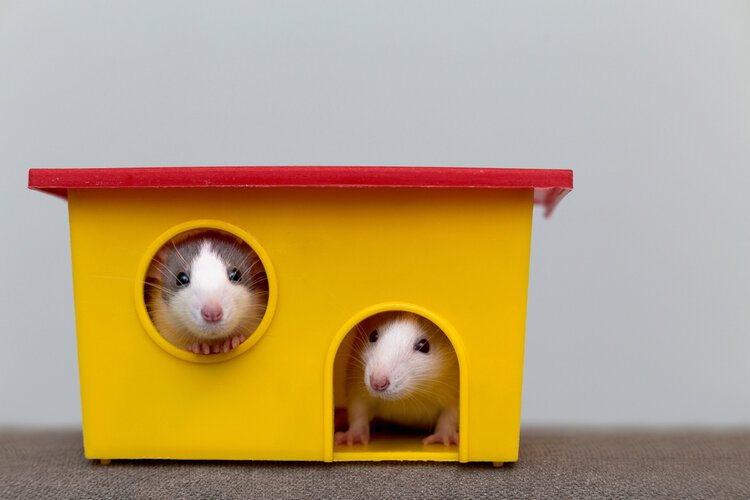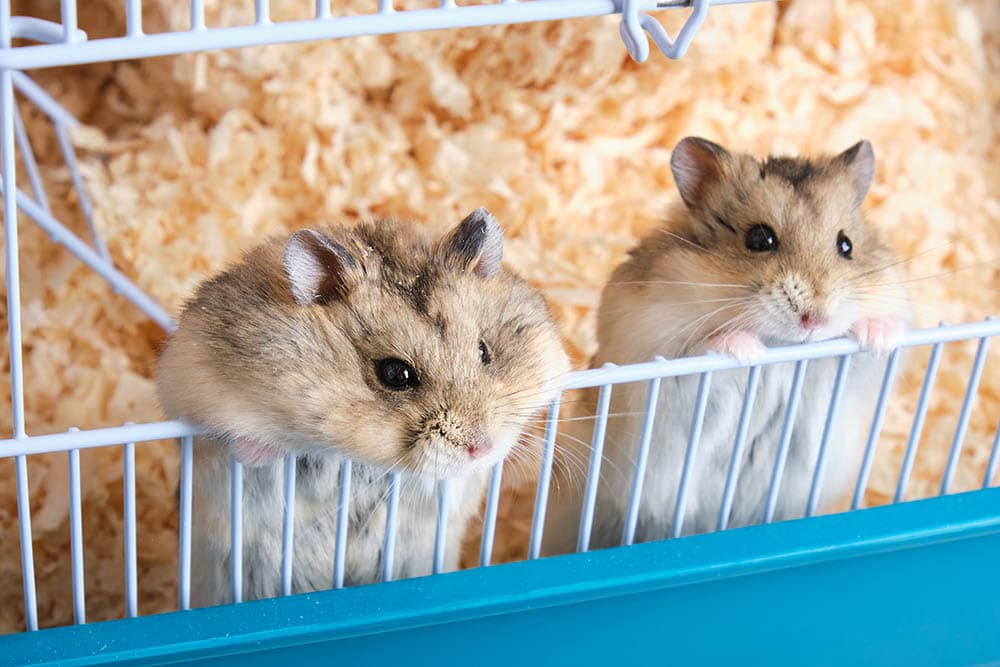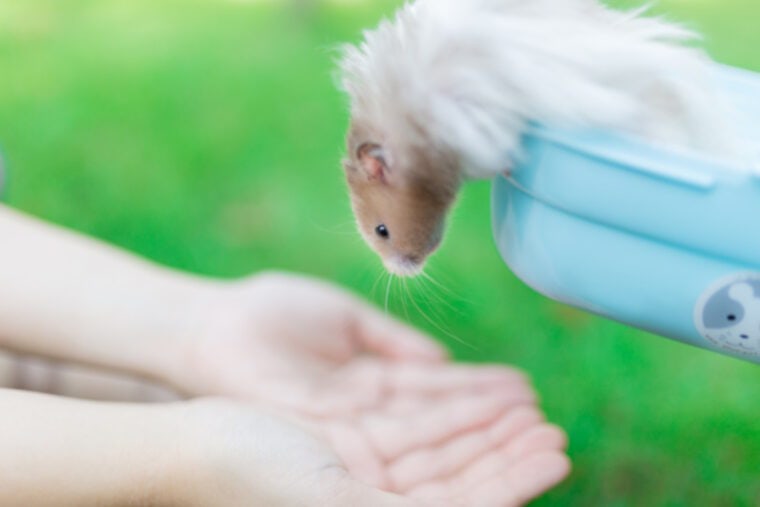
Click to Skip Ahead
If you’re a hamster owner, you may be wondering if hamsters can jump. After all, they have short little legs that don’t look like they can do much of anything but run on a hamster wheel. But the truth is that hamsters can indeed jump. This often surprises many pet owners as we typically associate jumping with larger animals like dogs or cats.
However, just like these animals, hamsters also possess the ability to leap, though their jumps are not as high or long. The degree to which a hamster can jump depends largely on their species. Let’s learn more about hamsters and jumping in this article.
Why Do Hamsters Jump?
Hamsters are ground dwellers and natural burrowing animals. Their front legs afford them stellar digging abilities; however, their hind legs aren’t strong enough to facilitate impressive jumps. Hamsters also have relatively poor height and depth perception, as they’ve evolved to live on the ground. Therefore, at times, hamsters may jump in an effort to get somewhere. However, they’re not very good at judging their ability to jump and can easily end up injured if they do jump from a high surface.
Hamsters are not known for their jumping ability but may jump for a few reasons. Similar to other animals, they might leap to reach a higher platform, perhaps to get to their food or a favorite toy. They could also jump to escape from a perceived threat. If your hamster feels threatened or scared, they might try to jump out of their cage or off your hands to find a safer spot.
At other times, they may jump as part of a “soft landing” while they navigate their enclosure; however, this is usually just a matter of them stretching as far out as possible and then dropping down.
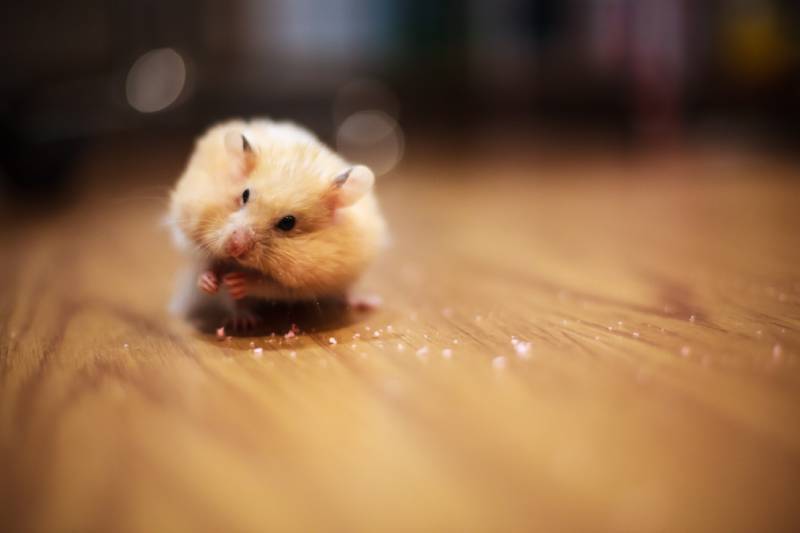
How High Can Hamsters Jump?
Most hamsters can only manage a jump of a few inches at most. There are no studies which have been conducted to gauge the jumping ability of hamsters, as it isn’t considered normal for them.
Tips to Ensure Safety for Your Hamster
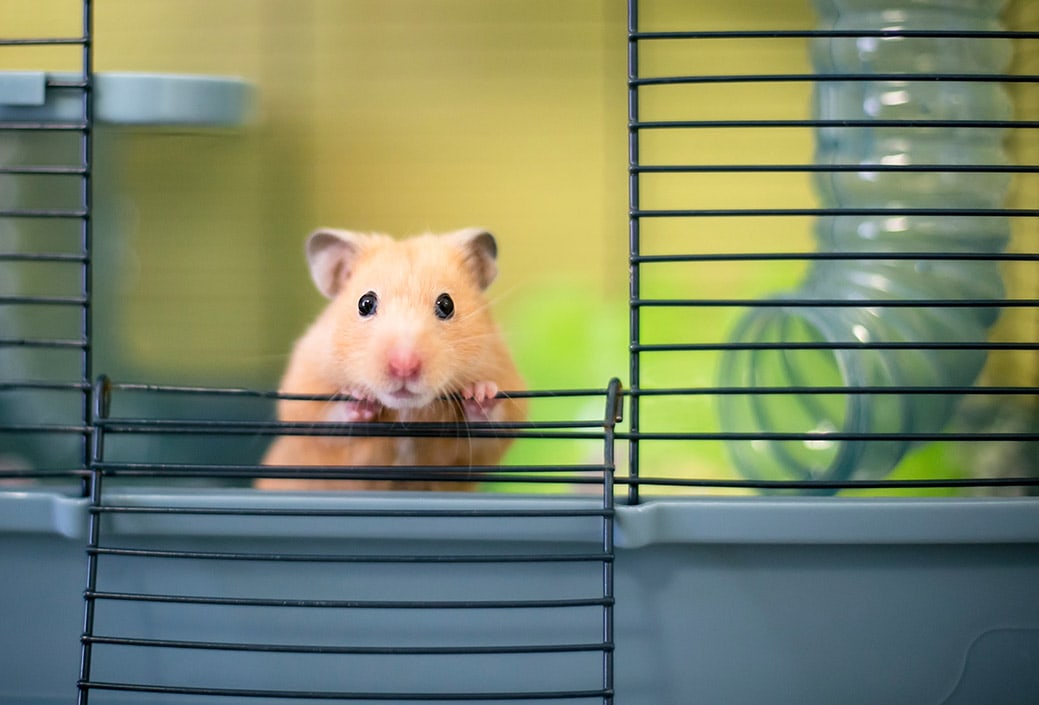
Hamsters are notoriously poor at jumping and often end up injured when they attempt to jump far distances. To ensure your pet’s safety, consider the following tips.
By following these tips, you can ensure your hamster is safe and prevent potential injuries.

FAQs About Hamsters and Jumping
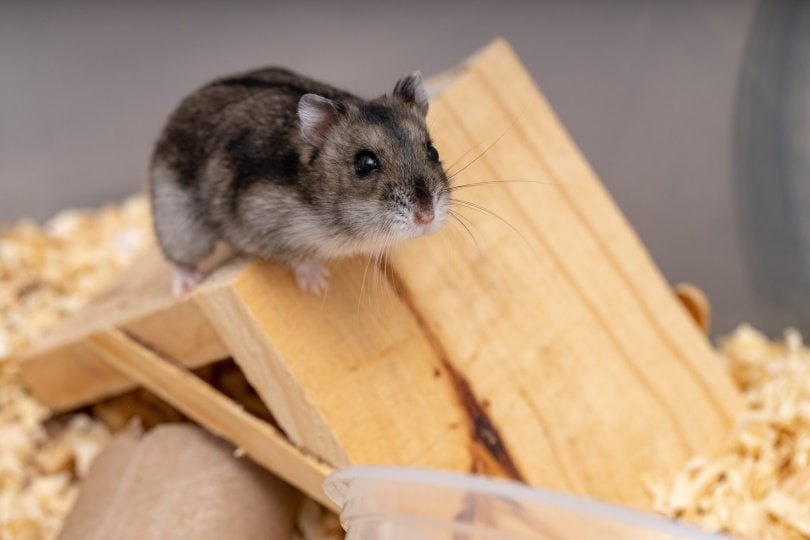
Q: How often do hamsters jump?
A: Hamsters are natural burrowers and climbers, and they only jump when they feel like they are threatened or when they have no other means of reaching their destination. Therefore, it’s a rare occurrence.
Q: Are there risks associated with hamsters jumping?
A: Yes, there can be risks if the hamster’s environment is not safe. For instance, if their cage is too high off the ground, they could get injured from a fall.
Q: Can I train my hamster to jump?
A: While hamsters are not typically trained to perform tricks like jumping, they will naturally jump as part of their behavior. It’s important to provide a safe environment for this activity. You should not actively try to teach them how to jump.
Q: What should I do if my hamster jumps out of their cage?
A: If your hamster jumps out of their cage, stay calm and gently pick them up, taking care not to scare them. Place them in their transport cage and take them to your veterinarian, even if they appear “fine” for the moment. Falls from a high enough height can lead to internal injuries in hamsters.
Conclusion
In conclusion, while hamsters are not renowned for their jumping abilities like some other animals, they are indeed able to jump. However, hamsters are natural burrowers and climbers, and jumping is usually used as a last resort, and not something you should encourage. By understanding this behavior and ensuring a safe environment, you can help your pet hamster stay healthy, happy, and active.
- Related Read: Can Hamsters Get High? How Drugs Affect Rodents
Featured Image Credit: Akkalak Aiempradit, Shutterstock



